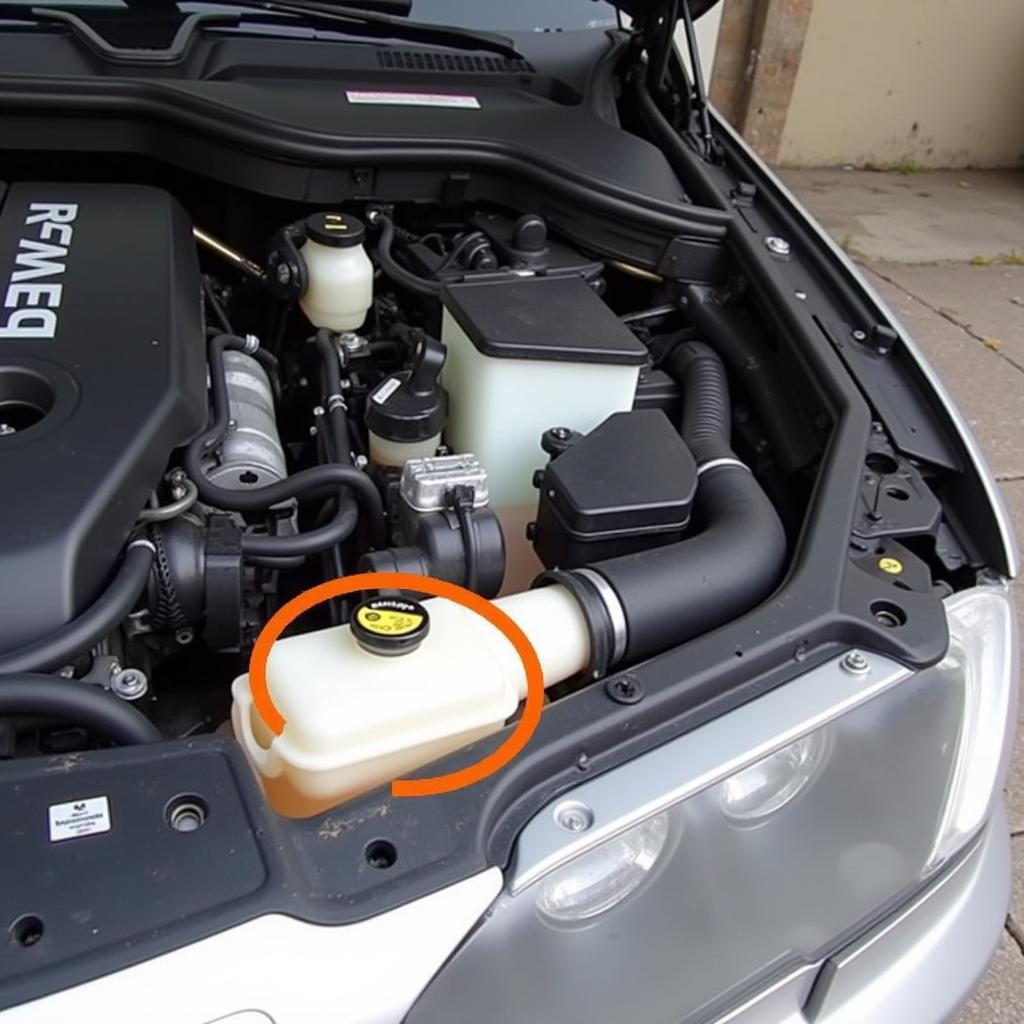Seeing your ABS and brake warning lights illuminated on your dashboard can be unnerving. It signals a potential issue within your car’s braking system, requiring immediate attention. This comprehensive guide delves into the common causes, troubleshooting tips, and solutions for when your ABS and brake warning lights decide to throw a wrench in your day.
Let’s unravel the mystery behind these warning lights and empower you to address the issue head-on.
Understanding Your Car’s Braking System
Before we dive into the causes and solutions, it’s crucial to understand the vital role your car’s braking system plays. Your vehicle is equipped with two essential braking systems working in tandem:
- Conventional Braking System: This system is what you use every time you apply the brake pedal. Pressing the pedal activates hydraulic pressure, pushing brake pads against the rotors to slow down and stop the vehicle.
- Anti-lock Braking System (ABS): This sophisticated system kicks in when your wheels lock up during hard braking, preventing skidding and allowing you to maintain steering control.
When your ABS and brake warning lights illuminate simultaneously, it indicates a potential problem with either one or both systems.
Common Causes of ABS and Brake Warning Light Activation
Several culprits can trigger the dreaded ABS and brake warning light combo. Here are the most common reasons:
-
Low Brake Fluid: Brake fluid is the lifeblood of your braking system. If the fluid level drops too low, it can hinder the hydraulic pressure needed for effective braking.
- Solution: Check your brake fluid reservoir and top it off if necessary. If you notice frequent low fluid levels, it’s crucial to have a mechanic inspect for potential leaks.
-
Worn Brake Pads: Brake pads are designed to wear down over time. Excessively worn pads can compromise braking performance and trigger warning lights.
- Solution: Have your brake pads inspected and replaced by a qualified mechanic if they are nearing the end of their lifespan.
-
Faulty ABS Sensors: ABS sensors monitor wheel speed and relay this information to the ABS control module. If a sensor malfunctions or gets covered in debris, it can disrupt the system.
- Solution: A mechanic can diagnose a faulty sensor using a diagnostic tool and replace it to restore ABS functionality.
-
ABS Module Issues: The ABS module is the brain behind your anti-lock braking system. If it experiences electrical problems or malfunctions, it can disrupt the entire system.
- Solution: Diagnosing and repairing or replacing a faulty ABS module often requires the expertise of a qualified mechanic equipped with specialized tools.
-
Blown Fuse or Relay: Your car’s electrical system relies on fuses and relays to protect sensitive components like the ABS module. A blown fuse or a faulty relay can disrupt the flow of electricity and trigger warning lights.
- Solution: Check your car’s fuse box for any blown fuses related to the ABS system. Replacing a blown fuse is a straightforward task, but if the issue persists, consult a mechanic to inspect the relays.
Troubleshooting Tips for ABS and Brake Warning Lights
Before heading straight to a mechanic, here are some troubleshooting steps you can try:
- Check Your Parking Brake: Ensure your parking brake is fully disengaged. Sometimes, a partially engaged parking brake can trigger warning lights.
- Inspect Brake Fluid Level: Locate the brake fluid reservoir under the hood and check the fluid level. If it’s low, carefully top it off with the recommended brake fluid type for your vehicle.
- Visually Inspect Brake Components: While it’s best to leave in-depth inspections to the professionals, you can do a visual check for any obvious issues like severely worn brake pads, damaged brake lines, or loose connections.
When to Seek Professional Help
If the ABS and brake warning lights remain illuminated after trying the troubleshooting tips, it’s crucial to seek professional assistance immediately. Continuing to drive with a potentially compromised braking system can be dangerous.
A qualified mechanic can utilize advanced diagnostic tools to pinpoint the root cause of the problem and perform necessary repairs, ensuring your car’s braking system is restored to optimal working order.
Frequently Asked Questions
Q1: Can I drive with my ABS and brake warning light on?
It’s highly discouraged. While your conventional brakes may still function to some extent, the ABS system could be compromised. This situation puts you at risk, especially during emergency braking situations.
Q2: How much does it cost to fix an ABS light?
The repair cost varies significantly depending on the underlying cause. It could range from a simple fuse replacement (under $50) to a complex ABS module replacement (several hundred dollars).
Q3: Are ABS and brake lights connected?
Yes, they are interconnected. The illumination of both lights suggests a potential issue affecting one or both braking systems.
Q4: How do I know if my brake fluid is low?
Most brake fluid reservoirs have a “Min” and “Max” marking. If the fluid level falls below the “Min” mark, it’s time to add more.
Q5: How often should brake fluid be changed?
It’s generally recommended to have your brake fluid flushed and replaced every 2-3 years or as per your vehicle manufacturer’s recommendations.
Conclusion
The ABS and brake warning lights serve as crucial indicators of your car’s braking system health. Understanding the common causes, performing basic troubleshooting, and seeking professional help when needed will ensure your safety on the road. Remember, maintaining a well-functioning braking system is paramount for a safe and enjoyable driving experience.

